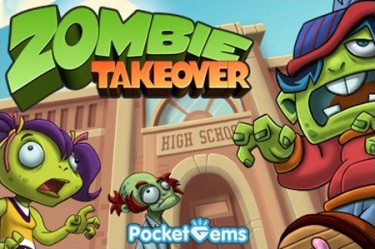Elementary School Lockdowns: How We Teach Our Kids About Terror

Do you have or know small children who go to a school for small people? Then you may know about the latest fad for the littlest consumers: terrifying campus lockdowns. Because our Constitution requires all citizens to keep enough guns and ammo to wipe out everyone in their zip code, it takes nothing more than a threatening phone call or some gibberish on Facebook to turn your neighborhood school into a potential site of mass murder.
My oldest child, a second grader, spent the latter part of his Tuesday class time huddled in fear underneath a desk, which is what they were all trained to do after Newtown. In every classroom at this banal elementary school, every child from kindergarten to sixth grade was doing the same thing, hiding beneath their desks in terrified silence. Three schools in my town’s small district were under similar lockdowns. Of course the parents were not notified, so those arriving to pick up their children discovered a half-dozen police vehicles surrounding the school while sheriff’s deputies marched around displaying their weaponry.
“They’re all the rage,” another California parent told me this morning. “Nearly a daily occurrence, like lunch.”
New Orleans, Dallas, San Jose, Atlanta, Tulsa and West Palm Beach are some of the towns where schools were locked down this week alone, just a small selection of the 38,900 “school lockdown” results on Google News today.
In a Pennsylvania town last week, a school went to lockdown when a kid’s cellphone ringtone was misunderstood in a way that proves parents don’t understand even when the song in question is from when the parents were themselves in grade school:
Schools in a Pennsylvania county were put on lockdown after a receptionist misunderstood the words of the theme song to “The Fresh Prince of Bel-Air,” which a student had as his cellphone greeting, and thought the teen was going to commit violence.
The ordeal doesn’t seem to vary much from district to district. An announcement is made, lights are turned out, blinds and shades are closed, and students are expected to huddle silently beneath their desks until the threat is deemed not that threatening. This rarely means anyone was arrested for announcing plans to shoot up a school full of children. In my own kid’s case, yesterday, the only difference between today and yesterday is that the students were hiding in the dark yesterday, and today they are not.
It has become as normal a part of the school year as the field trip to the zoo. People who went to school at the height of Cold War hysteria compare it to the duck-and-cover drills of the 1950s.
Now, children practice lockdown drills, in which they lock the classroom door, turn off the lights and hide from visible corridors. The assumed threat: A madman with a gun.
